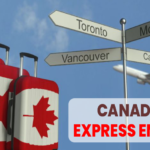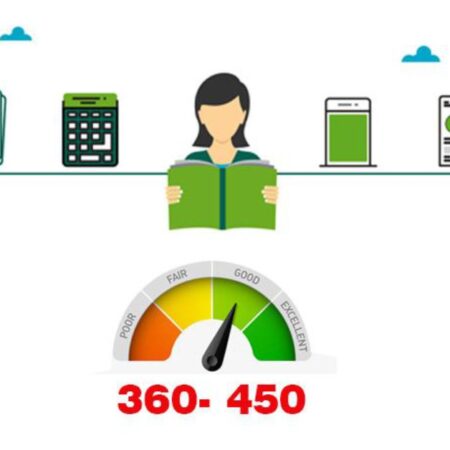Getting a Work Permit to Work in Canada
The desire to welcome global talent and promote social and economic objectives has made Canada issue hundreds of thousands of work permits globally each year. The work permits enable the foreign workers to sustain Canada’s labour market needs, strengthen cultural ties and keep families together. Hence, Canada gives permits pathways that are more than 100. These two pathways are categorized into two programs.
a) They are the Temporary Foreign Worker Program (TFWP)
b) International Mobility Program.
The Temporary Foreign Worker Program (TFWP)
As the name suggests, the work of the Temporary Worker Program is to address cases of labour shortages in Canada. Notably, the Canadian government requires that employers should clearly show details while hiring a foreign worker because of the minimum number of qualified workers in Canada
Labor Market Impact Assessment (LMIA)
After reporting the number of foreign workers employed, there is the need to prove the competency of the foreign workers and this is done at the Labor Market Impact Assessment (LMIA). This confirmation is done to ensure that foreign workers issue work permits to the Department of Immigration, Refugees and Citizenship Canada (IRCC). Moreover, the International Mobility Program (IMP) improves Canada’s economic and social interest by allowing foreign workers registered here to apply for IRCC. However, it is not mandatory for a foreign worker to be registered under LMIA, hence foreign workers willing to travel to Canada to work for a short period can do so.
The increase in pathways that fall under the IMP results from free trade agreements and domestic policy interests in Canada, such as the Canada-United States-Mexico Agreement (CUSMA) which permits Mexican and American nationals to comfortably work in Canada without the LMIA. Further, the youths globally are able to work in Canada under the IMP as a result of the youth Mobility agreement between industrialized nations and Canada. International graduates, eligible partners and spouses can also obtain work permits under the IMP because Canada wants to allow them to get local work experience so that they can support themselves financially during their stay in Canada.

How do I get a Canadian work permit under the TFWP?
Easy. Acquiring the work permit under the TFWP is initiated by the employer and should ensure that there is a vacancy that stipulates there is no suitable Canadian worker who can do the job. Thereafter, the employer applies for an LMIA for assessment that should either be neutral or positive. Upon completion, the foreign worker submits the LMIA letter, job offer letter and every supporting document to IRCC to get a work permit. It is worth noting that every work permit under the TFWP is “closed” meaning that it is employer-specific. A closed permit necessitates that a foreign worker should only work for the employer that hired them and for a specific time approved by the Canadian government.
How do I work in Canada under the IMP?
This process can either be initiated by the employer or by the foreign work permit that is under the IMP. In case an employer has a vacancy and there is a foreign worker that is under the IMP, they can hire. Contrary to IMP, the TFWP requires that a foreign workers under IMP, they can generally speak, work and go to an employer of their choice. However, this is not possible for every worker.
Reasons that are Eligible to work in Canada under IMP
• Canada-United States-Mexico Agreement(CUSMA)
American and Mexican citizens are eligible because they are facilitated in the process when they are applying for work in Canada.
• Intra-Company Transfers
The intra-company transfers allow employers to transfer foreign workers to their offices in Canada depending on the agreements set.
• Television and Film
The Television and Film industry keeps on growing hence the industry keeps on welcoming workers for TV and Film.
• Business Visitors
The foreign workers who demonstrate possess characteristics of not staying longer than six months in Canada and cannot enter the labour market are eligible to work in Canada without the needed permits.
• International Experience Canada
Canada has signed different treaties and bilateral agreements with over 30 countries. In the agreement, the youths are allowed to gain the work experience needed in Canada.
• Bridging Open Work Permit:
The eligible skilled workers willing to live in Canada can apply for the Bridging Open Work Permit (BOWP) while their permanent resident’s application is being processed. Additionally, married or eligible partners and spouses of Canadian citizenship or permanent residents can get a BOWP if they are in Canada.
• Post-Graduation Work Permit:
The Post-Graduation Work Permit (PGWP) is one of the most common work permits in the IMP. Any eligible international graduate from Canada’s designated learning institutions that is universities and colleges can obtain a three-year PGWP permit.
Among various ways that you can enter Canada and work there legally, the above discussed are common. Although navigating through a new country can be overwhelming, and getting a permit pathway feels harder, there are different ways to get help for easier identification of the best option that favours you.







No Comment! Be the first one.